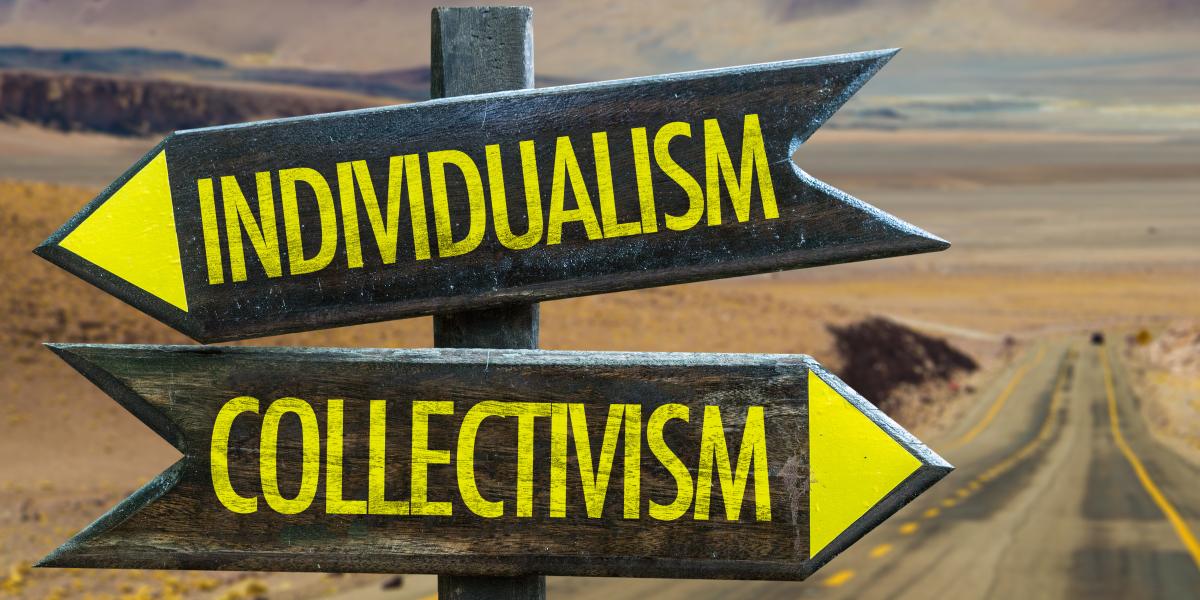Yves here. This book review, and potentially the underlying book, is frustrating in that it appears to give short shrift to the roots of antibiotic resistance. Humanity may have wound up here regardless, but it presumably would have been later ex irresponsible overuse. Admittedly, this article does discuss aggressive Big Pharma marketing to doctors but makes it sound as if they were hapless victims of these promotions. I’m not keen about the implicit exculpation of physicians and hospitals.
I cannot recall how many times people have told me they saw a doctor for a flu, and were prescribed and took an antibiotic. Although correlation is not causation, the rise in sepsis deaths (which can come from any of bacterial, viral, or fungal infections) would seem to be at least to some degree due to antibiotic-resistant bacteria. From AAMC:
While sepsis-related deaths declined from 2000 to 2019 (thanks in part to the first Surviving Sepsis Campaign guidelines, which were published in 2004 and most recently updated in 2021), the mortality rates have recently increased from 277 per 100,000 people age 65 and over in 2019 to 331 per 100,000 in the same age group in 2021, according to the CDC.
Antibiotics have been even more wildly overused in farming and I am not clear if the book inveighs as forcefully on this topic as is warranted. From a 2015 article:
Of all antibiotics sold in the United States, approximately 80% are sold for use in animal agriculture; about 70% of these are “medically important” (i.e., from classes important to human medicine).2 Antibiotics are administered to animals in feed to marginally improve growth rates and to prevent infections, a practice projected to increase dramatically worldwide over the next 15 years.3 There is growing evidence that antibiotic resistance in humans is promoted by the widespread use of nontherapeutic antibiotics in animals. Resistant bacteria are transmitted to humans through direct contact with animals, by exposure to animal manure, through consumption of undercooked meat, and through contact with uncooked meat or surfaces meat has touched.
The practice of medicine and the state of public health would be catastrophically affected if antibiotics were not generally effective in treating bacterial illnesses. Physicians and health care institutions are regularly cautioned to avoid unnecessary or incomplete treatment in an effort to stem potential antibiotic resistance, and antibiotic prescriptions are increasingly scrutinized as part of antimicrobial stewardship programs.
However, the inappropriate overuse of antibiotics in animals also should be addressed as another important source of antibiotic resistance. To the degree that antibiotic overuse in food animals exacerbates problems with resistance, this overuse is a factor contributing to the increased costs to treat antibiotic-resistant infections in humans. According to the Infectious Diseases Society of America, longer, more expensive hospital stays for treating antibiotic resistance cost the US health care sector an estimated $21 to $34 billion and eight million additional hospital days annually.
Australia shows it’s possible to crack down on antibiotic use in farming. For instance, for chickens, the use of hormones has been outlawed since 1973. Antibiotic administration is permitted only for sick birds. When I was in Sydney (2002-2004), antibiotics were already illegal for chicken. Australian chicken is not expensive and is way more delish than American.
By Lola Butcher, a health care business and policy writer based in Portugal. Originally published at Undark
BOOK REVIEW — “Dangerous Miracle: The Astonishing Rise and Looming Disaster of Antibiotics,’’ by Liam Shaw (PSimon & Schuster, 352 pages).
The Sackler family, owner of Purdue Pharmaceuticals, rose to infamy after investigations and lawsuits around their role in America’s opioid crisis began piling up in the 2000s. By advertising to doctors — and lying about the risks of addiction — Purdue raked in billions of dollars while its OxyContin pain reliever became one of the most abused prescription opioids. But it turns out that about a half-century earlier Arthur Sackler, the oldest of the Sackler brothers, devised one of the first advertising campaigns for antibiotics — targeting doctors, using hyperbole and misrepresentation — and in the process fueling a crisis that has come to imperil modern health care.
That’s just one of the fascinating revelations in “Dangerous Miracle: The Astonishing Rise and Looming Disaster of Antibiotics,” by Liam Shaw, a British biologist who researches bacterial evolution. At the heart of his deep investigation into that multi-pronged crisis is a conundrum: Many of today’s bacteria are resistant to the antibiotics that once killed them, leaving patients with no good treatment options. Even when drug resistance is not an obstacle, lifesaving antibiotics often do not reach people who need them. And help is not on the way any time soon. “The world is running out of antibiotics, and new ones aren’t arriving quickly enough,” Shaw writes.
Bacteria are uncountably ubiquitous — in soil, air, water, our bodies — and most are harmless. But a few are so frighteningly lethal and common that they have nicknames, like staph and E. coli, in the common vernacular. Indeed, bacterial infections are among the world’s biggest killers, responsible for at least 10 percent of deaths worldwide as of 2019.
The best defense is antibiotics — the medicines that kill bacteria or render them useless — and their development is considered one of the most important medical breakthroughs of the 20th century. “But although we describe antibiotics as magic or miracles, they operate within the powers of nature — not beyond them,” Shaw writes.
Some bacteria are inherently resistant to antibiotics and others become resistant over time, limiting patients’ ability to overcome an infection. The explanation is evolution. If an antibiotic does not kill off all the harmful bacteria it seeks to destroy, the bacteria that survive are those with — either by a genetic mutation or by chance — antibiotic-resistant genes. These bacteria will then thrive and can spread further among people.
The increasing level of antibiotic resistance — the United Nations General Assembly last year declared it to be one of the world’s most urgent health threats — is a low point in antibiotics’ roller-coaster history. Shaw recounts the ups and down, giving equal attention to the scientific challenges and the danger of the profit motive in medical care.
Antibiotics are natural resources that have existed for eons, but humans did not know about them, or know they would come in handy, until fairly recently. In the 19th century, germ theory emerged, revealing that bacteria and other pathogens can infect animals and plants and cause disease.
Although antibiotic-producing molds had been previously used to treat wounds, it wasn’t until the last century that we developed the ability to concentrate antibiotics into medicine. In 1928, British bacteriologist Alexander Fleming noticed that contaminated “mould juice” was preventing bacteria in a Petri dish from growing. Before the potential of his discovery — penicillin — was recognized and developed into a medicine, the synthetic antibiotic Prontosil to treat streptococcal infections came onto the market in 1935. It took another five years for scientists to prove penicillin could prevent otherwise fatal bacterial infections. By the time Fleming and two others shared the Nobel Prize in Physiology or Medicine in 1945, antibiotics were changing the world.
“By the middle of the twentieth century, what historians call the ‘golden age’ of antibiotics was in full swing,” Shaw writes. With antibiotics, infectious diseases like gonorrhea, syphilis, tuberculosis, and meningitis could be cured. Equally important, surgeries became safer and cancer patients could survive chemotherapy. “Antibiotics did more than vanquish diseases; they permitted the entire edifice of modern medicine to be built up on their foundation,” Shaw writes.
Some of today’s antibiotics are synthetic while others derive from microbes found in dirt. Pfizer, which collected 135,000 soil samples from cemeteries, mine shafts, the ocean floor, and tops of mountains, found its most promising antibiotic in a field in Indiana.
It was called Terramycin, a broad-spectrum antibiotic that killed lots of different bacteria, and that’s what brought Sackler to Shaw’s story. A physician by day and advertising copywriter on nights and weekends, Sackler created a campaign to convince doctors that Terramycin was a cure-all of sorts. According to his pitch, doctors did not need to identify the cause of a patient’s condition; they just needed to write a prescription for Terramycin.
Other pharmaceutical companies followed Pfizer’s marketing lead. “As antibiotics proliferated, so too did a sense that these once life-saving medicines could also be applied to even minor ailments like earaches or stomach troubles,” Shaw writes. “Higher sales of the antibiotic would mean more profits.”
Such was the allure of antibiotics that manufacturers in the 1950s added the drugs to common household products, including mouthwash and toothpaste, and to livestock feed, allowing pigs and chickens to grow faster and bigger. “Antibiotics that had once been valued more than gold and reserved for the most serious illnesses were now being given indiscriminately, producing an increase in the proportion of resistant strains,” Shaw writes.
Indeed, antibiotic resistance currently kills more than a million people each year and by some estimates, that number is expected to nearly double by 2050. “Given the threat of rising antibiotic resistance, you might imagine that the discovery of new antibiotics would be proceeding at pace,” Shaw writes. “The opposite is true.”
That’s largely because the pharmaceutical industry’s interest in antibiotics has been waning since the 1980s, when the soil-screening practices that had turned up antibiotic-producing microbes in the previous three decades began petering out. Meanwhile, the Food and Drug Administration’s drug-approval process had become more rigorous, requiring expensive clinical trials and typically taking 10 to 15 years for new drugs to gain approval.
Today, the investment required to develop new medications makes business sense for high-cost drugs that are taken for months or years. For antibiotics, though, which are typically taken for a week or two and are recommended to be used as little as possible to avoid resistance, the profit picture is less attractive.
That explains why only about 15 percent of the essential antibiotics identified by the World Health Organization were discovered in the last 30 years, Shaw notes, and very few new ones are in the pipeline. As of 2023, only 32 antibiotics were being developed to address the infections on the WHO’s bacterial priority pathogen list.
Equally disturbing is the fact that long-proven antibiotics are not always available to those who need them. Take penicillin, for example. It is inexpensive; for more than 60 years, the drug has cost less than its bottle. Yet it is not available to millions of people in Africa and Latin America.
Even though most staphylococci are now resistant to it, penicillin is still the recommended treatment for many infections, including congenital syphilis, the second-most common cause of preventable stillbirth. Penicillin reduces mother-to-baby transmission by 97 percent and the World Health Organization estimates that more than 50,000 babies die each year could be saved by a $2 penicillin treatment.
“Dangerous Miracles” is so stuffed with historical tangents, descriptions of patent law, and biographic details of scientists that it is sometimes difficult to keep track of the narrative. (Readers looking for a less-onerous take on the dangers of antibiotic resistance might check out Maryn McKenna’s “Superbug: The Fatal Menace of MRSA,” published in 2010.) But Shaw’s goal is to document history to inform a future solution: “To understand the crisis, we must examine where antibiotics came from and how we burned through them.”
What the solution might look like is not entirely clear, though. Having documented that private companies are not going to come to the rescue, Shaw advocates for governments around the world to collaborate to invest in antibiotic development. The idea, suggested by others over the years, makes sense to those who have studied it in-depth: “Multiple analyses have concluded that collectively investing in new antibiotics, just like vaccine preparedness for future viral pandemics, would pay for itself many times over,” he writes.
But when Shaw attended a recent international conference on antimicrobial resistance in Switzerland, the experts in attendance dismissed the idea as utopian. That leaves Shaw — and his readers — hoping for a miracle: “Perhaps it is inevitable that we can only appreciate the value of antibiotics once a world without them seems sufficiently close.”

























